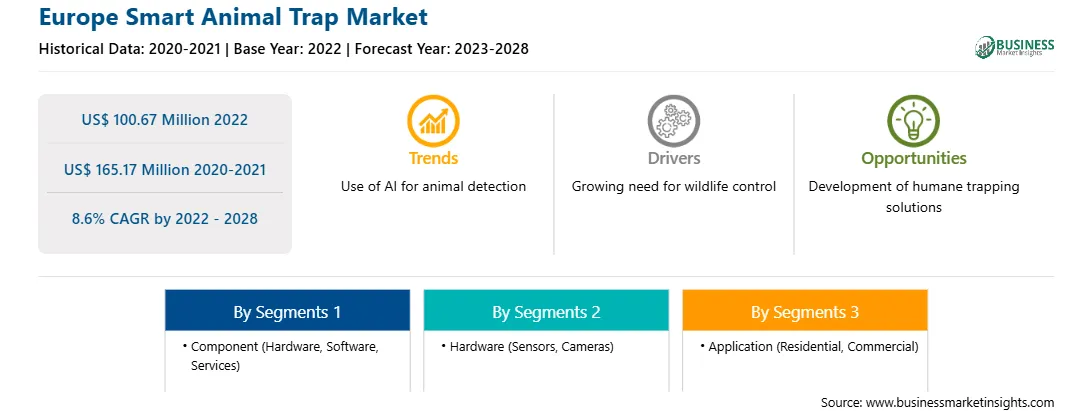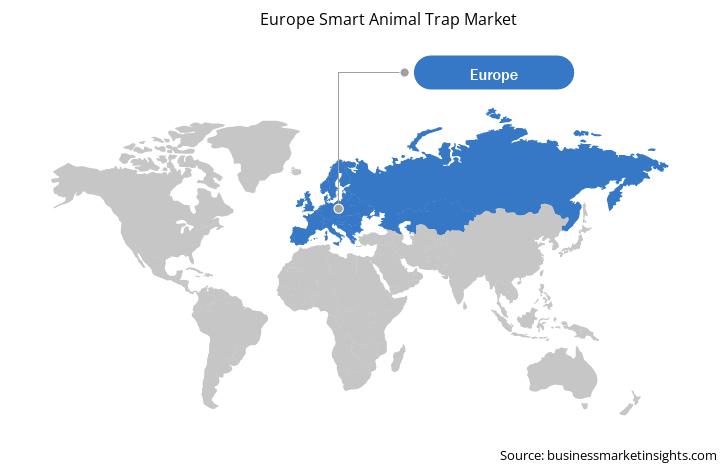Humans and wildlife conflicts (HWCs) occur when their respective requirements and behaviors clash, as humans and wildlife coexist in shared ecosystems and utilize common resources. The HWCs have been occurring in the form of livestock and crop destruction, and property damage. HWCs have increased as a result of changes in land usage, encroachment, fragmentation, habitat loss, and habitat restoration efforts (undertaken to meet the surging needs of the expanding human population). The cases of HWC rises with human settlements close to protected areas and higher wildlife population densities within the area. The loss of animals and human lives by wildlife, as well as the destruction of crops, illustrates the social and economic costs that impact livelihoods and trigger poverty, which may ultimately prompt people to take appropriate conservation measures. HWCs also worsen the psychological well-being, health, livelihoods, and food security of households; these effects can be classified as direct costs, indirect costs, or opportunity costs. The consequences of HWCs are more intense in economies where agriculture and animal farming play a significant role in generating income. Nevertheless, HWCs are unavoidable because agriculture farming is a crucial component of community subsistence. Therefore, it is necessary to address the concerns of farmers by creating and implementing various conflict management methods. As a result, wildlife managers, researchers, and policymakers must collaborate to develop an effective conservation management approach utilizing smart animal traps, which satisfies both wildlife conservation needs and community demands. These factors boost the demand for smart animal traps, thereby driving the market growth.
Vendors in the smart animal trap market can attract new customers and expand their footprints in emerging markets by offering products with new features and technologies. This factor is likely to drive the Europe smart animal trap market at a good CAGR during the forecast period.
Strategic insights for the Europe Smart Animal Trap provides data-driven analysis of the industry landscape, including current trends, key players, and regional nuances. These insights offer actionable recommendations, enabling readers to differentiate themselves from competitors by identifying untapped segments or developing unique value propositions. Leveraging data analytics, these insights help industry players anticipate the market shifts, whether investors, manufacturers, or other stakeholders. A future-oriented perspective is essential, helping stakeholders anticipate market shifts and position themselves for long-term success in this dynamic region. Ultimately, effective strategic insights empower readers to make informed decisions that drive profitability and achieve their business objectives within the market.

| Report Attribute | Details |
|---|---|
| Market size in 2022 | US$ 100.67 Million |
| Market Size by 2028 | US$ 165.17 Million |
| Global CAGR (2022 - 2028) | 8.6% |
| Historical Data | 2020-2021 |
| Forecast period | 2023-2028 |
| Segments Covered |
By Component
|
| Regions and Countries Covered | Europe
|
| Market leaders and key company profiles |
The geographic scope of the Europe Smart Animal Trap refers to the specific areas in which a business operates and competes. Understanding local distinctions, such as diverse consumer preferences (e.g., demand for specific plug types or battery backup durations), varying economic conditions, and regulatory environments, is crucial for tailoring strategies to specific markets. Businesses can expand their reach by identifying underserved areas or adapting their offerings to meet local demands. A clear market focus allows for more effective resource allocation, targeted marketing campaigns, and better positioning against local competitors, ultimately driving growth in those targeted areas.

The Europe smart animal trap market is segmented on the basis of hardware, application, component, and country. Based on hardware, the market is segmented into sensors, cameras, and others. The cameras segment dominated the market in 2022, and the sensors segment is expected to register the highest CAGR during forecast period. By application, the market is bifurcated into residential and commercial. The commercial segment dominated the market in 2022 and is expected to register a higher CAGR during the forecast period. In terms of component, the Europe smart animal trap market is segmented into hardware, software, and services. The hardware segment dominated the market in 2022, and the software segment is expected to register the highest CAGR during the forecast period. From country point of reference, the Europe smart animal trap market is segmented into Germany, France, Italy, Russia, UK, and Rest of Europe.
Alert House ApS, BOARMASTER, CatchAlive ApS, Fallenmelder TRAPMASTER, TFK Handels GmbH (Reviermanager), uWatch Ltd., and WildMelder.de are among the leading companies operating in the Europe smart animal trap market.
The Europe Smart Animal Trap Market is valued at US$ 100.67 Million in 2022, it is projected to reach US$ 165.17 Million by 2028.
As per our report Europe Smart Animal Trap Market, the market size is valued at US$ 100.67 Million in 2022, projecting it to reach US$ 165.17 Million by 2028. This translates to a CAGR of approximately 8.6% during the forecast period.
The Europe Smart Animal Trap Market report typically cover these key segments-
The historic period, base year, and forecast period can vary slightly depending on the specific market research report. However, for the Europe Smart Animal Trap Market report:
The Europe Smart Animal Trap Market is populated by several key players, each contributing to its growth and innovation. Some of the major players include:
The Europe Smart Animal Trap Market report is valuable for diverse stakeholders, including:
Essentially, anyone involved in or considering involvement in the Europe Smart Animal Trap Market value chain can benefit from the information contained in a comprehensive market report.